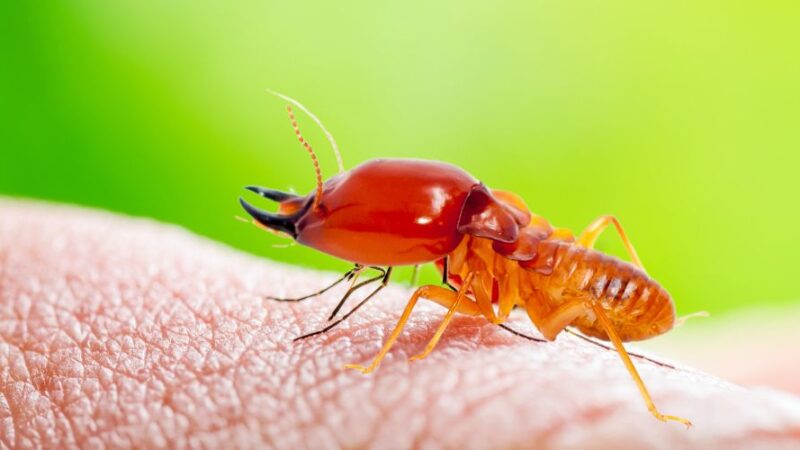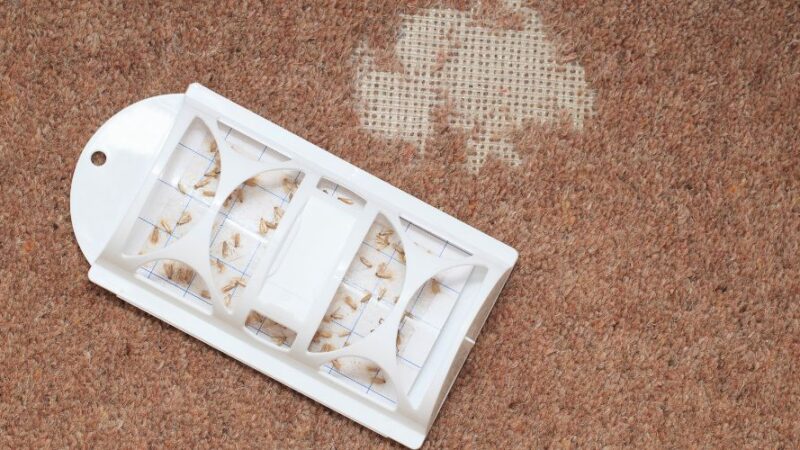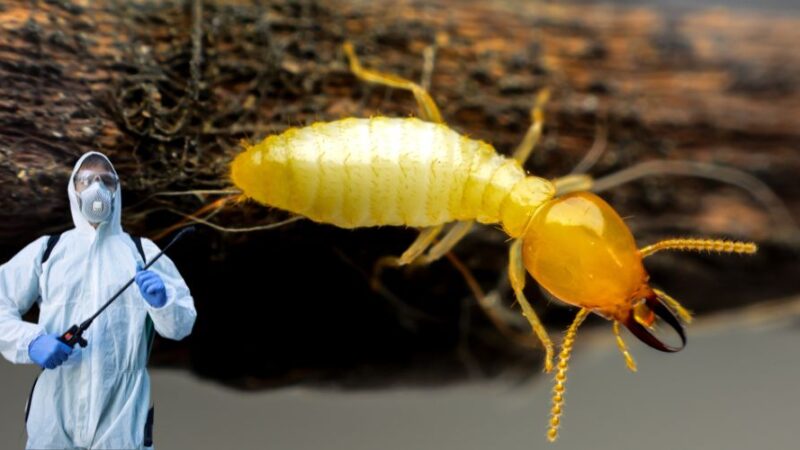Bedbugs: Symptoms, Treatment and Removal
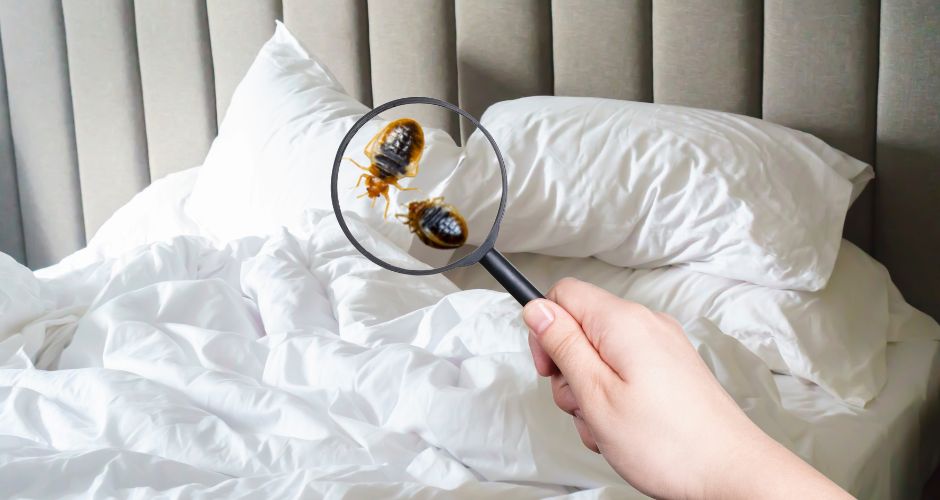
We’ve all encountered the familiar saying, “Sleep tight, don’t allow bedbugs to bite,” but what unfolds when they do? Bedbugs are a nocturnal nuisance that can turn your peaceful slumber into a waking nightmare. These tiny, bloodsucking pests are masters of stealth, often leaving their victims in the dark about their presence. So, let’s shed some light on these elusive critters and discover how to reclaim your home from the bedbug menace.
What Are Bedbugs?
- Bedbug Basics: Bedbugs are small, wingless insects, typically about the size of an apple seed. They are flat, oval-shaped, and range in color from reddish-brown to light tan. These nocturnal pests feed on the blood of humans and animals, primarily during the night.
- Behavior: Bedbugs are stealthy hitchhikers, often spreading through luggage, clothing, or second-hand furniture. They can go months without feeding, making them resilient pests.
Bedbug Life Cycle
- Eggs: Female bedbugs produce clusters of small, white eggs that are frequently tucked away in cracks and crevices.
- Bedbug Nymphs: Bedbug nymphs go through five molting stages after hatching, growing bigger and darker with each one.
- Adults: Bedbugs mature after their last molt. A single female can generate hundreds of eggs in her lifetime, and they must consume blood meals to reproduce.
How Do Bedbugs Infest Homes?
Travelling Company:
Bedbug infestations are common on public transportation, hotels, and other areas where people come and depart. They can attach themselves to items of clothes, luggage, or personal property, which makes it simple for them to settle in your living area.
Second-Hand Furniture:
If used furniture is not thoroughly investigated, it may have bedbug infestations, particularly in mattresses and upholstered furniture.
Finding the Offenders: Bedbug Signs
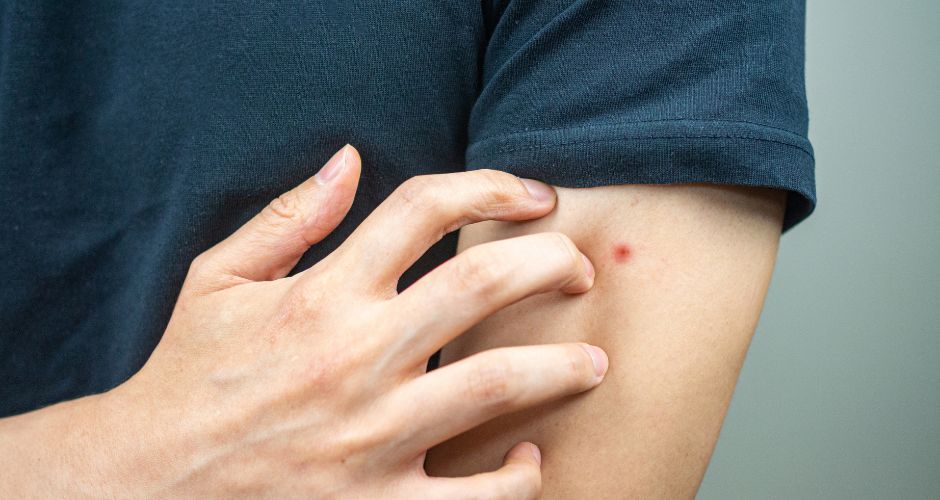
Physical Signs:
- Bedbug Bites: Bedbug bites can leave behind red, itchy welts on the skin. They can be found on body parts exposed while sleeping, such as the arms, legs, neck, and face, and they can be grouped in a line or cluster.
- Individual Reactions: It’s crucial to understand that not everyone reacts to bedbug bites, so even if you experience symptoms, the person who shares your bed may not.
Bedbug Infestation Warning Signs:
- Minor Blood Stains: Bedbugs can be squashed while you sleep, leaving tiny, reddish-brown bloodstains on your linens.
- Shed Skins: Bedbugs shed their exoskeletons as they develop. Around their hiding spots, these transparent, empty shells may accumulate.
What Places Do Bed Bugs Hide?
- Cracks and Crevices: Bedbugs frequently lurk in cracks and crevices found in mattresses, box springs, and upholstered furniture.
- Bed Frames, Headboards, and Furniture: Bed frames, headboards, and bedside furniture made of wood are all susceptible to infestation.
- In Electrical Outlets and Behind Wallpaper: They may hide in areas with significant infestations.
- Baggage and Personal Items: Bedbugs may conceal themselves in your luggage or other personal items if you’ve been exposed to them while traveling.
Taking Care of Bedbug Bites
How to Treat Bedbug Bites:
- Comfort: Bedbug bites can be uncomfortable and itchy. Antihistamines, creams, and lotions sold over the counter can help reduce itching.
- Avoid Scratching: To avoid infection, it’s necessary to avoid scratching the bites. Applying an antiseptic and keeping the area clean can help.
- Speak with a Dermatologist: See a dermatologist for medical advice if the bites become severe or infected.
When to look for Medical Assistance:
- Allergic Reactions: Some people may experience allergic reactions to bedbug bites. These reactions can include excruciating itching, rashes, and even breathing difficulties. Seek emergency medical help if you encounter any of these symptoms.
- Subsequent Infections: Scratched Bedbug bites can cause skin damage and subsequent bacterial infections. Consult a medical expert if you experience infection-related symptoms, such as swelling, pus, warmth, redness, or temperature.
Give a look at Effective Strategies for a Rodent-Free Home : How to Get Rid of Rodents
Treatment for Bedbugs That Works
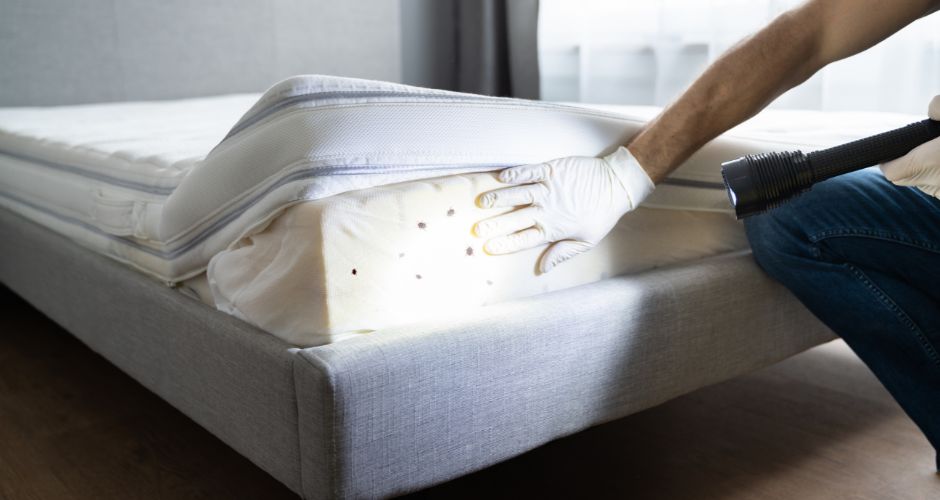
DIY vs. Professional Bedbug Treatment:
- DIY (Do It Yourself): Home remedies for bedbugs may involve traps, powders, or sprays. While they can be helpful for mild infestations, more significant or persistent infestations usually require professional treatment.
- Professional Treatment is Available: Since they are trained, equipped, and have access to insecticides, they are more efficient at getting rid of bedbugs.
Bedbug Powders and Sprays:
- Insecticides Used in Direct Contact: Some sprays and powders are made to eradicate bedbugs immediately. They might not, however, cover eggs or offer long-term security.
- Residual Insecticides: These sprays form a barrier that keeps bedbugs from reproducing for a long time. When used properly, they can be helpful.
Heat Therapy:
- Heat Treatment’s Mechanism: Heat treatment is known as raising the temperature in an area where bedbugs cannot thrive. It is efficient at getting rid of bedbugs and their eggs.
- Professional Application: Proper heat treatment necessitates specialized tools and knowledge, which are usually offered by qualified exterminate
Laundering and Vacuuming:
- Cleaning: Hot water washing and high-heat drying of infected bedding, clothing, and curtains can help eliminate bedbugs and their eggs.
- Regular Vacuuming: Regular vacuuming can help minimize the quantity of bedbugs, especially in and around where they hide. Make careful to empty the hoover outside promptly.
Bedbug Elimination: Successful Techniques
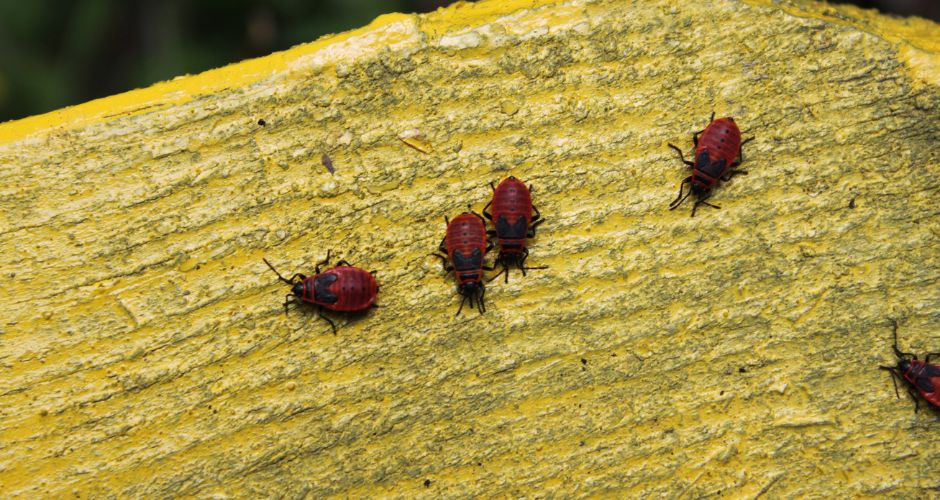
How to Spot Infested Areas:
- Thorough Inspection: It’s essential to locate every contaminated location. Examine beds, furniture, and surrounding areas for bedbug traces.
- Bedbug Dogs: Some exterminators employ highly trained dogs to identify bedbug infestations accurately.
Getting Ready for Treatment:
- To improve the efficacy of treatment, declutter the infected regions.
- Wash and Dry: To remove bedbugs, wash and dry clothing, curtains, and bedding in a high-heat setting.
- Seal Crevices: To remove hiding places, seal the cracks and crevices in your furniture and walls.
Extermination Expertise:
- Seeking Professional Assistance: Professional extermination is frequently the best course of action for severe infestations. Exterminators have the skills, expertise, and materials to address bedbug issues efficiently.
- Treatment Techniques: To get rid of bedbugs, pest control specialists employ a combination of techniques, including chemical treatments, heat treatments, and targeted insecticides.
Getting Rid of Current Infestations:
- Travel Safety Measures: Before bringing your bags and goods into your home after a trip, check them. Store luggage away from sleeping areas to avoid bedbugs coming along for the voyage.
- Continual Inspections: Regularly check for early indications of infestation to identify and resolve any difficulties quickly.
- Closing Off Entry Points: Reduce the number of bedbug hiding spots by caulking gaps, cracks, and crevices in the furniture, floors, and walls.
Final Words
Bedbug infestations can be upsetting, but you can eliminate these unwanted parasites with the appropriate information and strategy. Regaining a calm, bedbug-free environment requires understanding their behavior and life cycle, the ability to spot infestation indications, and the use of efficient treatment and preventative methods.
Even though some do-it-yourself techniques can be helpful in some circumstances, getting expert aid is frequently the most effective way to get rid of bedbugs. You may be able to sleep soundly once more and avoid the dreadful “bedbug bite” in the dark by taking a proactive approach against these pests.
If you have any questions or need further assistance, consider consulting a professional pest control specialist to ensure a bedbug-free future. Ensure your peace of mind by choosing the right pest control professional.

